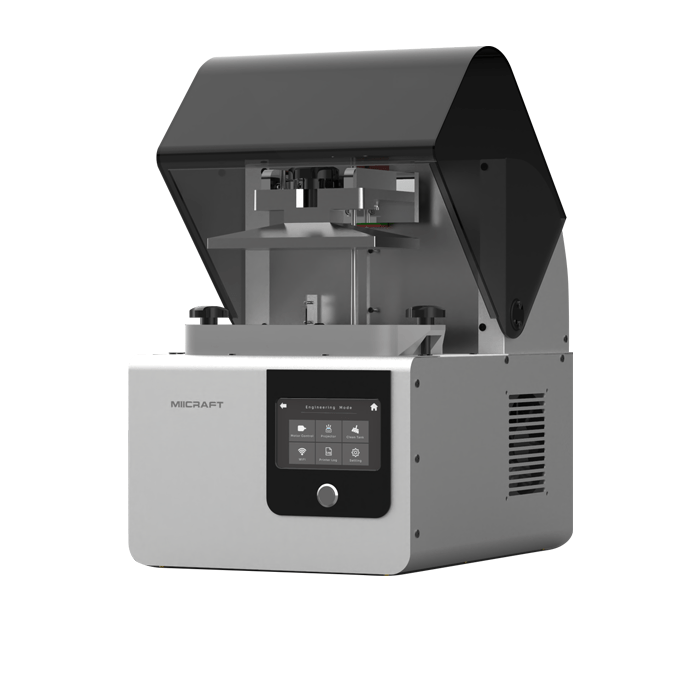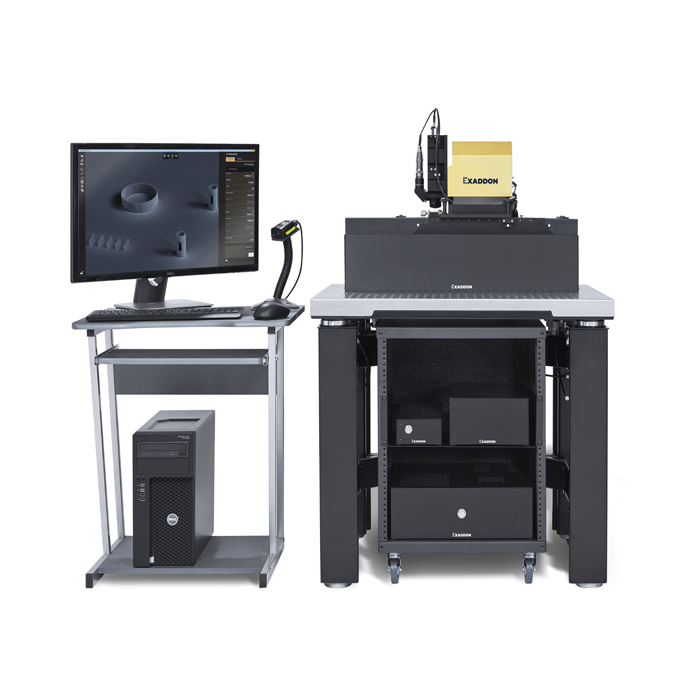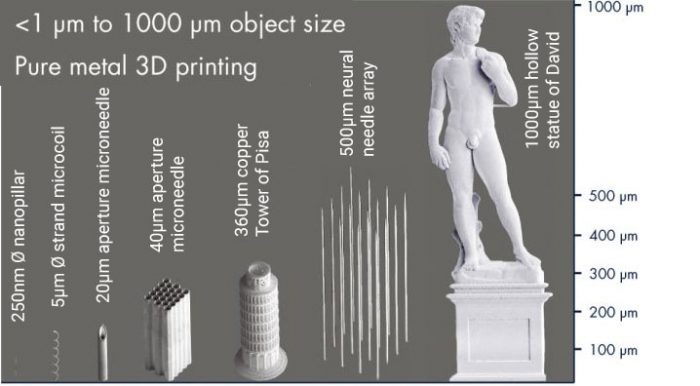
Alpha – Budget-Friendly 3D Printer
Additive Manufacturing
Changing the future of additive micromanufacturing

Metal additive manufacturing at the micron-scale

CERES is a standalone 3D printer suited to producing pure metal components in the size range 1- 1000 µm with complex geometries using unique µAM additive micromanufacturing technology. Voxel diameter can be adjusted on-the-fly to be between 0.8 to 10 µm. In fact, the technique and its capabilities are so novel that there is massive scope for generation of publications.
CERES can currently print with metals such as gold, platinum, silver, copper and nickel, with other metals under development. Suitable substrates include copper, gold, PEDOT or ITO.
CERES and µAM additive micromanufacturing technology have both proven and potential applications in numerous fields. Examples include:
µAM can often be a superior alternative to your existing processes, and a solution to cutting-edge challenges which may be otherwise impossible.
You may currently be producing components using a multistage process involving mask deposition, materials deposition (by physical, chemical or electrical means) followed by etching. The CERES µAM print system can often print the same components in a single step, as well as producing stronger, more robust structures. Rather than using a coated polymer structure, researchers can print directly in pure metal with the CERES system. Tests on copper objects show 87% of the conductivity of bulk copper, and shear values much higher.
Run time – 1:13 min
This short video outlines how Exaddon’s µAM process works and demonstrates how it can directly produce a triple helix structure with no need to print support structures.
Run time – 0:42 min
This video is a brief montage of some of the extremely complex structures that are possible using Exaddon’s technology.
Run time – 0:25 min
Real-time video of an in situ tensile test performed by the Alemnis ASA on a 5 µm diameter copper test piece 3D printed by Exaddon inside a TESCAN SEM.

Some of the most commonly questions asked of Exaddon’s micro additive manufacturing technology are, what size parts can be printed and what level of complexity can be achieved?
The graphic demonstrates how parts can be printed with controlable dimensions less than 1µm, through to objects in the millimetre size range with high degrees of complexity.
